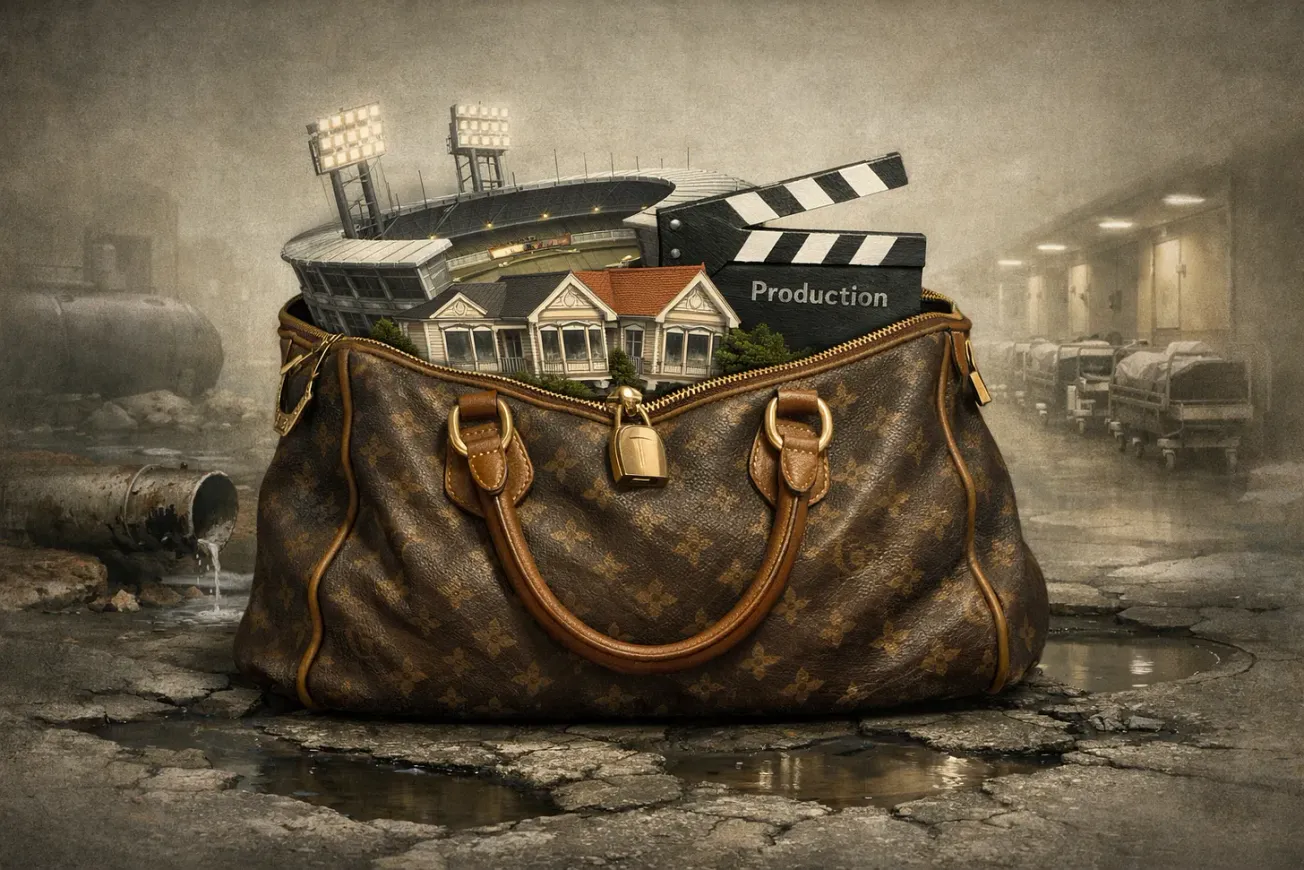Table of Contents
More and more public figures are admitting what we at The BFD have been telling you since April 2020: lockdowns didn’t work. In fact, it’s becoming widely – if tacitly – accepted even in polite circles that they didn’t just not work, they were a disaster.
Of course there are holdouts who are totally immune to both evidence and reason: media tarts and frightbats who are still clinging to lockdowns almost as desperately as they are their masks. But the surest sign that the lockdown narrative is busted is not just the way so many are quietly trying to distance themselves from what they once rabidly advocated, but frantically pointing fingers and shifting blame.
Above all, they’re clearly desperate to avoid any kind of meaningful inquiry into the whole disaster: least of all, in Australia, an inquiry as powerful as the Royal Commission which Pauline Hanson has called for.
One of the first things a Royal Commission should examine is the genesis of lockdown policy – because it certainly wasn’t compassed by any of the pandemic preparedness plans compiled over decades by not just the WHO but governments like Australia. As former Australian PM Tony Abbott writes:
As health minister in the Howard government, I was responsible for the national pandemic plan that was regularly updated, most recently in August 2019.
There was nothing in that plan about closing down most businesses or locking people in their homes.
Instead, the focus was quarantine on our borders to slow the spread of disease, while hospitals ramped up and precautions were taken for the vulnerable.
This was exactly the sort of response detailed in the WHO’s pandemic advice – updated in November 2019, the very time that the Chinese government was covering up the first outbreaks.
Comparable countries had similar plans. With the exception of Sweden, though, those plans were all junked in the early stages of the pandemic – in fright at the reportage out of northern Italy of apparently overwhelmed hospitals and bodies being stored in freezer trucks.
Instead, almost every country adopted a version of China’s Wuhan plan: closing down non-essential enterprises and locking people in their homes in the hope of eradicating the virus.
The mantra was “save lives”, but did it? Such a narrative can only be sustained by swallowing uncritically the hysterical “predictions” of computer models. Computer models which have been shown to be hopelessly out of kilter with the real world. Again: the models being just variations on the repeatedly failed modelling of the UK’s Prof Neil Ferguson. In Australia, even the best case modelling grossly exceeded reality.
Even accepting the dubious claims of the modelling, lockdowns are near impossible to defend.
In April, the then prime minister said his government’s measures, including funding the states’ lockdowns, had saved 40,000 lives.
Given the federal government alone spent some $350bn on measures associated with Covid, this equates to roughly $10m per life saved, or about $2m per “quality life year” gained, on the optimistic assumption that the average victim had five good years left.
That means that every man, woman and child in Australia has paid $25,000 to grant just a few more years to very sick people in their 80s and 90s.
The money is the least of it.
There’s the decline in educational attainments, especially for youngsters without ready access to parent-teachers, plus two years of lost social development; the people in aged-care facilities who went for two years largely without visitors; the delayed treatments and diagnoses of other diseases, as health systems prioritised Covid – plus the mental health issues that lockdowns exacerbated; the businesses closed and the economic opportunities lost.
There’s the impact on people’s work ethic and work culture of the doubling of the dole, of being told to work from home and of being officially forbidden from “soldiering on” when mildly ill; plus the democratic deficit from the curtailment of parliamentary sittings and normal cabinet government in favour of emergency decree justified by reference to unelected and unaccountable experts.
I’ve often wondered what it must have been like to be an ordinary citizen in a nation that succumbs to a totalitarian revolution. I wonder no more: I’ve lived it. Sure, the totalitarians are wearing borrowed labcoats, instead of jackboots, smiling vacuously and wittering platitudes about “kindness”, instead of throwing Roman salutes and shouting a lot, but the instinct is the same: total control, freed from the inconvenience of elections.
It all adds up to a weakening of national morale that may take years to recover from.
The Australian
As Abbott says, Australia traditionally holds Royal Commissions in the wake of disasters, to probe how it happened, who was responsible and how it could have been done better.
The lockdown disaster shouldn’t be an exception – but it will, because so many in power have so much guilt to hide.







